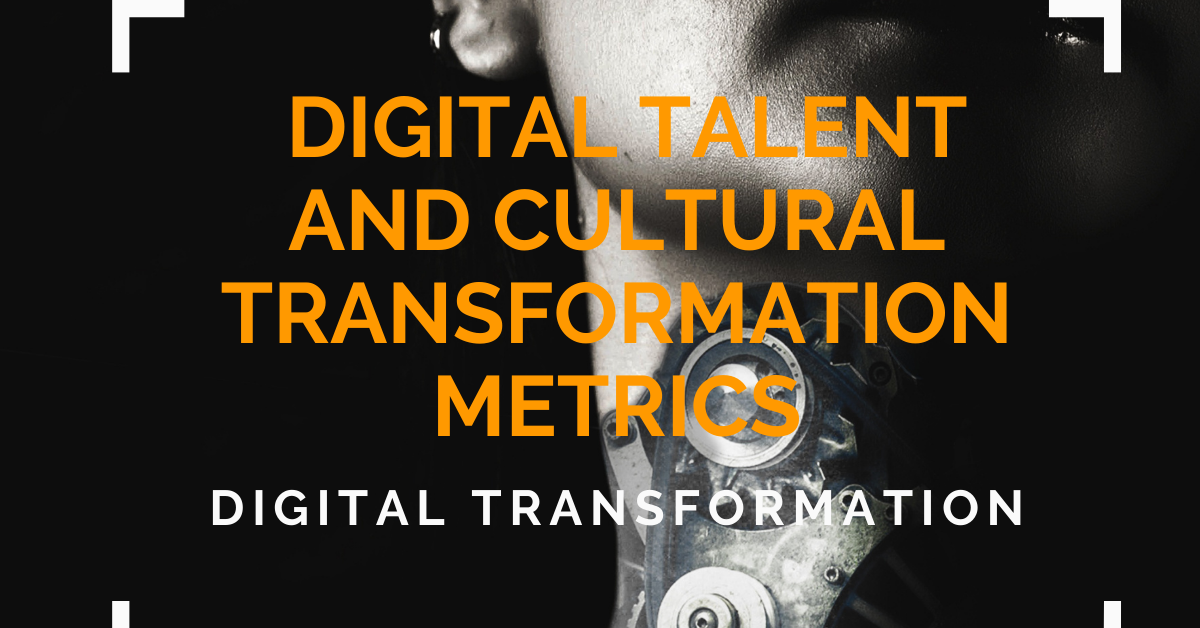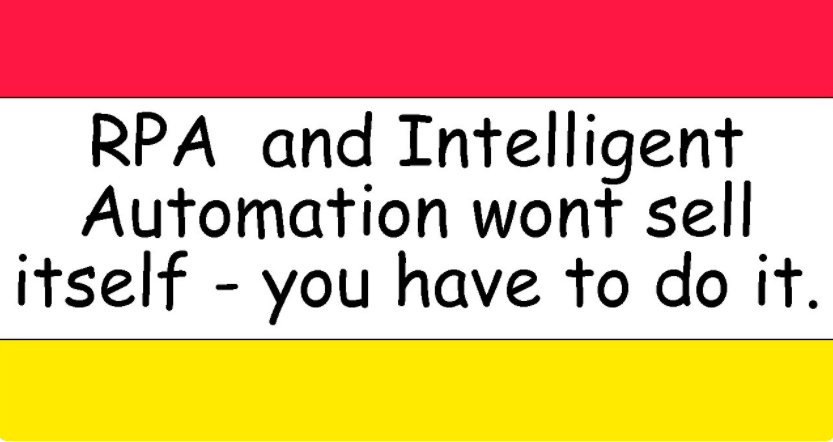O is for OCR | Opensource | Operational Efficiencies | Operating Model | Operations | Outcomes | Outsource | Optimization
Welcome to the FIFTEENTH part of a 26 part series detailing the A-Z of all things Robotic Process Automation (RPA), Data Analytics (DA), Intelligent Automation (IA) and Digital Transformation (DT). This article highlights all things relating to intelligent automation and digital transformation beginning with the letter ‘O’.
OCR (Optical Character Recognition). Optical Character Recognition, or OCR, is a technology that enables you to convert different types of documents, such as scanned paper documents, PDF files or images captured by a digital camera into editable and searchable data.
“OCR technology has become an integral part of RPA. RPA platforms now interact with embedded OCR engines – ABBY, Tesseract, MODI, Google Vision, OMNIPAGE and MS AZURE OCR. With such varied integrations available these tools have been able to extract handwritten data too.
ICR, derived out of OCR, is the next iteration and it is infused with Machine Learning. Document data is preprocessed, classified, extracted and infused with ML models with the help of RPA tools.”
Shrippad Mhaddalkar, Head of Presales and Delivery
A practical example of an RPA OCR could be the extraction of client and accident information from an insurance claims forms; which then uses Robotic Process Automation (RPA) to insert that data into an accident case management system. Firms can use more than one OCR application simultaneously to derive greater data accuracy.
“Over the last 18 months, the ML OCR services from AWS Textract, Azure Cognitive, and Google Vision have become so cost effective and easy to use that we send scan requests via API to all three at the same time. Then each data set is self referenced against the others. The results are then synthesised into a single result and given a corresponding confidence score. “
JD Wilson Jr, RPA Innovator and Founder
OpenSource: In general, open source refers to any program whose source code is freely available for use or modification as developers see fit. Open source software is usually developed as a public collaboration and made freely available.
Multiple open source RPA projects are now available. Below are six open source Robotic Process Automation options: TagUI, RPA for Python, Robocorp, Robot Framework, Taskt and Automagica.
Operational Efficiencies: Robotic Process Automation (RPA), Data Analytics (DA), Intelligent Automation (IA) tooling and Digital Transformation (DT) methods can be combine to deliver a vast array of operational efficiencies and benefits. The outcomes of such programs can include operational, financial, customer and colleague benefits.

Figure 1: Robotic Process Automation Balance Score Card of Benefits
“When building a robust business case for your organisations intelligent automation program, your organisations RPA | IA program needs to deliver benefits in line with your organisations strategic objectives.”
Gourav Datta, RPA and Intelligent Automation Delivery Lead
Operating Model: There are many ways to setup a Centre of Expertise, and organisations should choose the model best suited to their organisation, to guarantee their automation success story. There are a lot of components that make up a successful operating model so buy in the right expertise if this is an area your organisation is unfamiliar with.

Diagram 1: Robotic Process Automation Operating Model (source: fujitsu.com)
Operations: Business operations can be transformed using a combination of Robotic Process Automation (RPA), Data Analytics (DA), Intelligent Automation (IA) and Digital Transformation (DT).
“Customer Feedback or NPS can be extracted from web sites using web scrapping. The outputs can then be copied into a Database where Data Analytic tools like Tableau or POWER BI can provide graphical insights. The results can be as those processed by Humans.
Data can then be modelled using Machine learning models built with Python scripts and Sentiment Analysis generated. With the help of further integration of CRM or SAP with RPA , customer details can be analysed for the negative and neutral sentiments. The resultant data and infused business logic can then be processed by as RPA engine designed to trigger marketing offers, email follow-ups and finally an integrated outbound VOIP call to the customer. Total Digital Transformation with less human intervention.”
Shrippad Mhaddalkar, Head of Presales and Delivery
Outcomes: Developers are not hired to deliver good code they are there to deliver business outcomes. Business outcomes are all that matter.
“Developers are the enablers of an efficient RPA practice. But the measure of the developers performance is the business outcome of the BOT they deliver. It is essential that businesses correlate developer KPIs with business KPIs .”
Shrippad Mhaddalkar, Head of Presales and Delivery
Outsource: Dont outsource if the one and only reason you are doing so, is to reduce wage (i.e. take advantage of wage arbitrage). If you find the right partner you can benefit from lower costs, new ideas and innovation, new technology and ways of working, an ability to focus on core competencies to generate more income and a whole host of other tangible business benefits.
“An outsource relationship should be a PARTNERSHIP with ACCOUNTABILITY rather than ABDICATION. For a successful partnership it is imperative to: • Select partners with aligned business strategy • Ensure that core business values and visions are embedded in core practices and processes • Collaborative and transparent communication to resolve issues • Implement transparent and ongoing quality assessments • Celebrate success as well failures together.”
May Prajapati – Actuarial Analyst
Optimisation: A key focus of many organisations should be to optimise their current business processes. Business processes are the foundation to running any organisation effectively. However, over time processes can become inefficient, wasting time and resources. There are three main benefits to optimizing business processes:-
1. Increased efficiency: Identify the inefficient systems in place and eliminate them. This will allow employees to be more productive and they can focus on more important tasks.
2. Access to accurate information: Another key part of optimization involves having a central repository that can deliver accurate information at any time of the day or any part of the business cycle. By doing so we have a single source of truth that is accessible by all relevant parties.
3. Improved flexibility: Optimizing processes results in more flexibility meaning the individuals, teams, departments and organisations can respond in an agile manner and adapt to any significant changes affecting the business. Subsequently organisations are able to cope up with sudden mishaps and remain competitive within the market.
Lisha Taneja, Technical Architect
“RPA provides ‘O‘gnaisations the ‘O‘pportunity to ‘O‘ptimise their processes before automating them.”
Patrick Giwa, Ph.D, Business Analyst | Product Manager | Product Owner
This article highlighted some things relating to intelligent automation and digital transformation beginning with the letter “O”. There are many ‘O’s’ organisations need to consider but what ‘O’ do you think is the most important?
#intelligentautomation #bots #rpaworks #digitaltransformation#roboticprocessautomation #rpa #cognitiveautomation #digitaldisruption#digitalworkforce #processautomation #digitalfuture #digitalstrategy
Other articles: If you like this article then you may find these articles of use also.
- How to build a business case for Intelligent Automation and Robotic Process Automation
- 30 ways to build a pipeline of processes suitable for Robotic Process Automation (RPA) and Intelligent Automation (IA)
- The biggest lie told to RPA customers – 50 robots equals success
- 40 essential selection criteria to choose an RPA platform
If this could benefit someone else tag them and share this.
Free to reuse: We are a community of RPA and Intelligent Automation experts with years of real world experience. We have stories to tell and the scars to show for it. We share our collective wisdom for free to simply provide as much value as we can to you. Therefore, if you want to post this article on your LinkedIn page then please feel free to do so. The more information we share within the RPA community the more likely businesses are to succeed with this excellent technology.
Further Help: If I can help you in any way please do reach out.
Note: The views expressed above are our views and not those of my employer or the employers of the contributing experts.








Leave a Reply